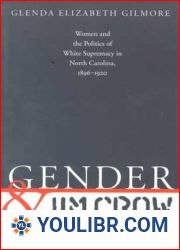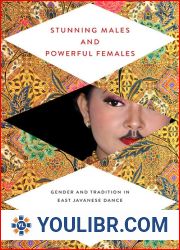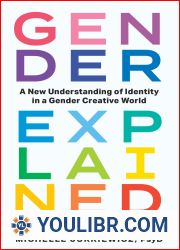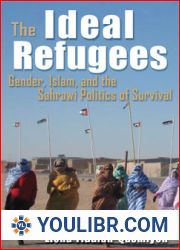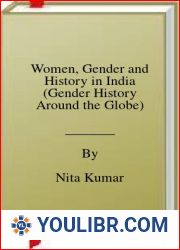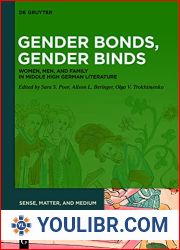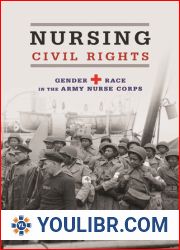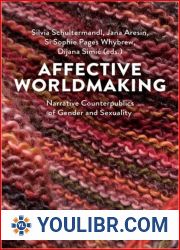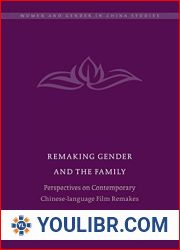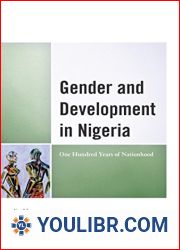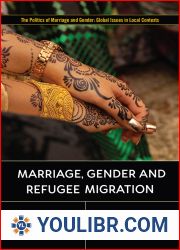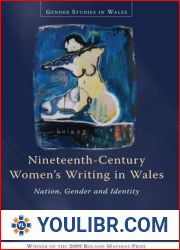
BOOKS - The New Port Moresby: Gender, Space, and Belonging in Urban Papua New Guinea ...

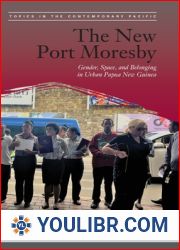
US $8.70

917248

917248
The New Port Moresby: Gender, Space, and Belonging in Urban Papua New Guinea (Topics in the Contemporary Pacific)
Author: Ceridwen Spark
Year: July 31, 2020
Format: PDF
File size: PDF 9.9 MB
Language: English
Year: July 31, 2020
Format: PDF
File size: PDF 9.9 MB
Language: English
The New Port Moresby: Gender, Space, and Belonging in Urban Papua New Guinea explores the ways in which educated, professional women experience living in Port Moresby, the burgeoning capital of Papua New Guinea. Drawing on postcolonial and feminist scholarship, the book adds to an emerging literature on cities in the and "Global South and " as sites of oppression, but also resistance, aspiration, and activism.Taking an intersectional feminist approach, the book draws on a decade of research conducted among the educated professional women of Port Moresby, offering unique insight into class transitions and the perspectives of this small but significant cohort. The New Port Moresby expands the scope of research and writing about gendered experiences in Port Moresby, moving beyond the idea that the city is an exclusively hostile place for women. Without discounting the problems of uneven development, the author argues that the city's new places offer women a degree of freedom and autonomy in a city predominantly characterized by fear and restriction. In doing so, it offers an ethnographically rich perspective on the interaction between the and "global and " and the and "local and " and what this might mean for feminism and the advancement of equity in the Pacific and beyond. The New Port Moresby will find an audience among anthropologists, particularly those interested in the urban Pacific, feminist geographers committed to expanding research to include cities in the Global South and development theorists interested in understanding the roles played by educated elites in less economically developed contexts.There have been few ethnographic monographs about Port Moresby and those that do exist have tended to marginalize or ignore gender. Yet as feminist geographers make clear, women and men are positioned differently in the world and their relationship to the places in which they live is also different. The book has no predecessors and stands alone in the Pacific as an account of this kind. As such, The New Port Moresby should be read by scholars and students of diverse disciplines interested in urbanization, gender, and the Pacific.











